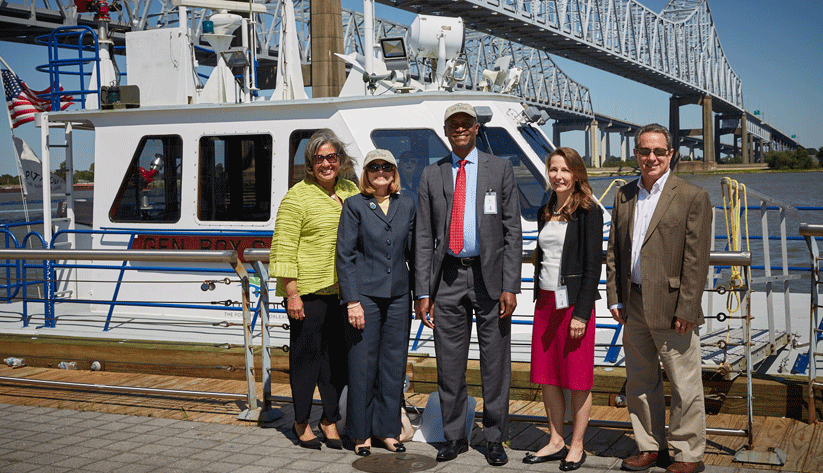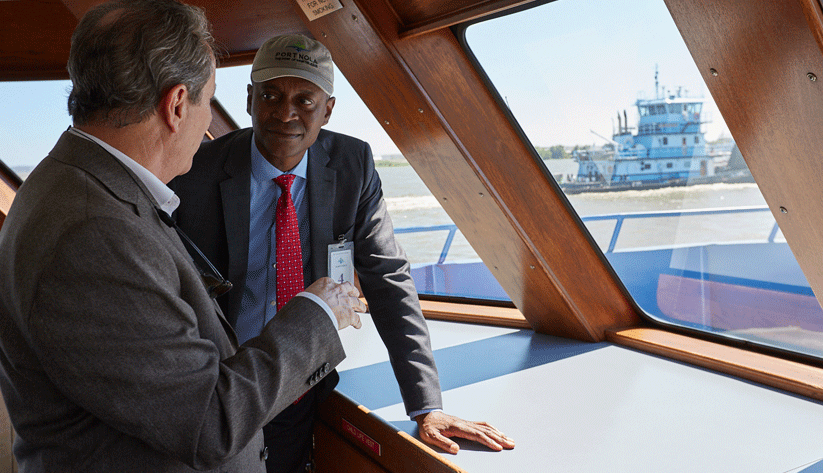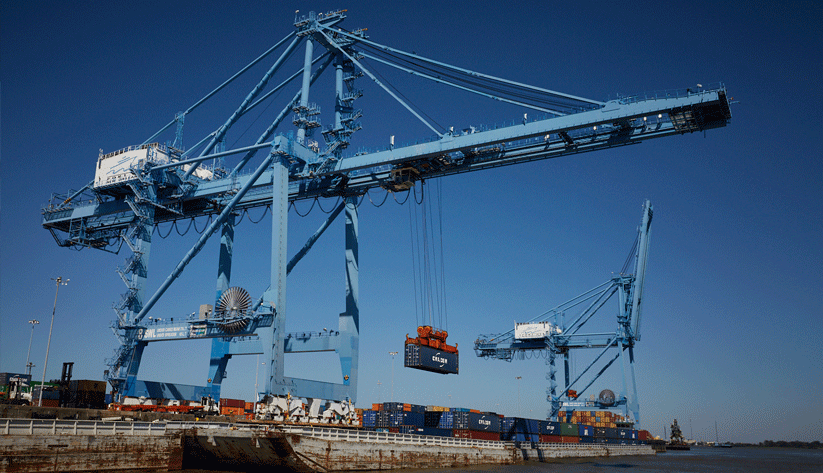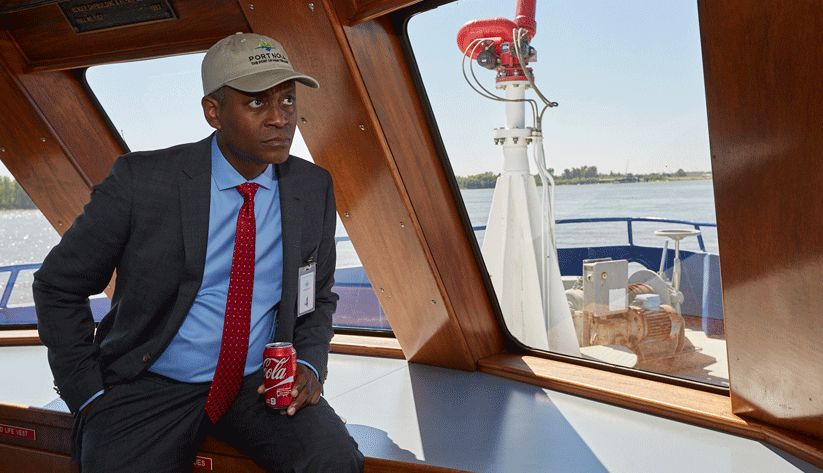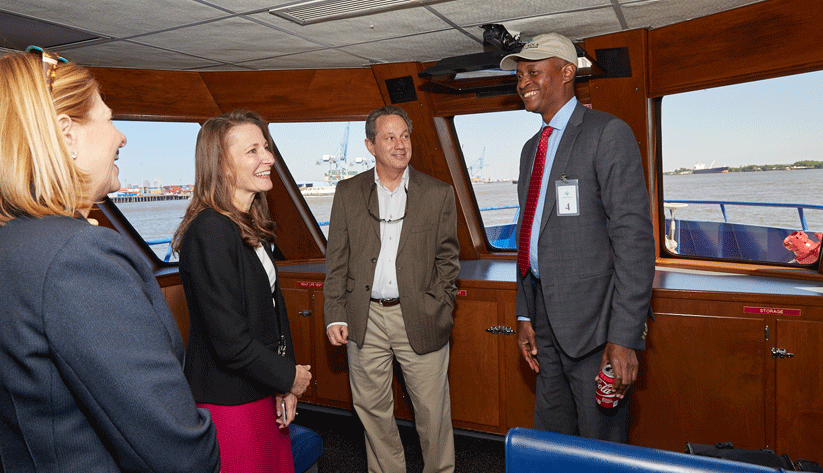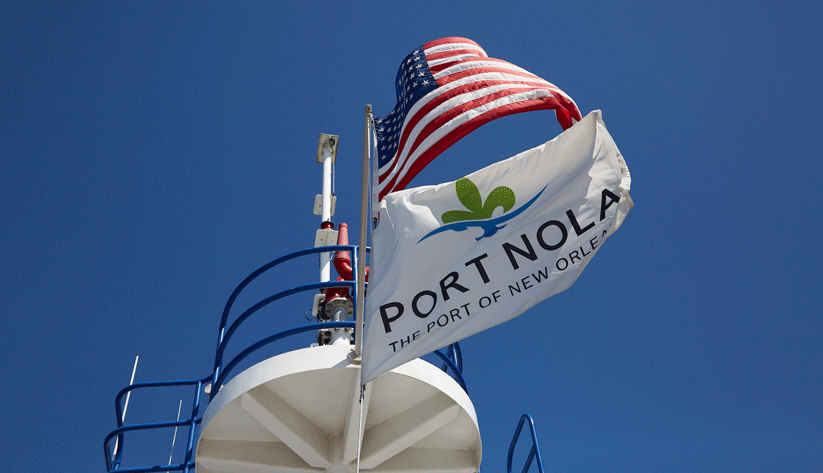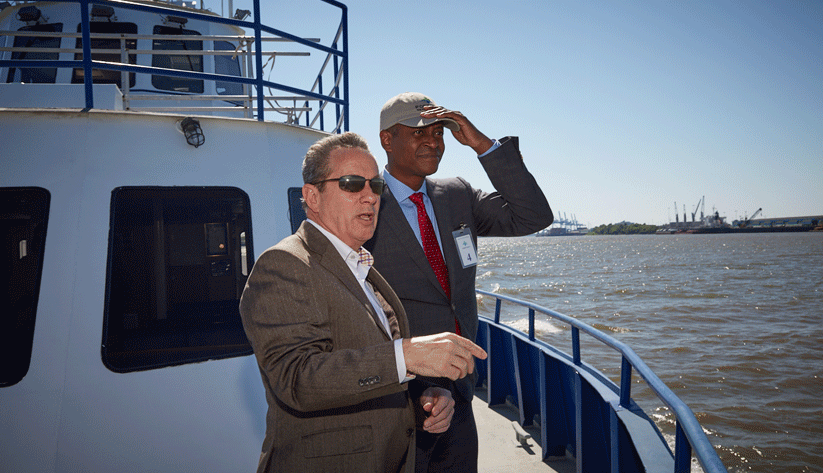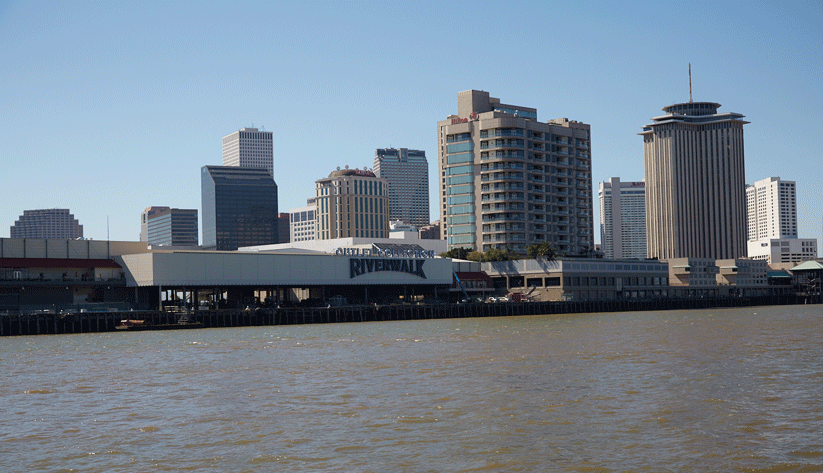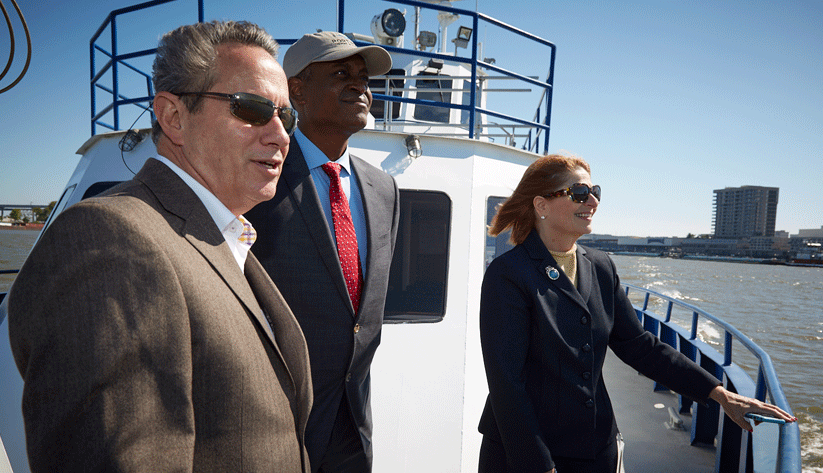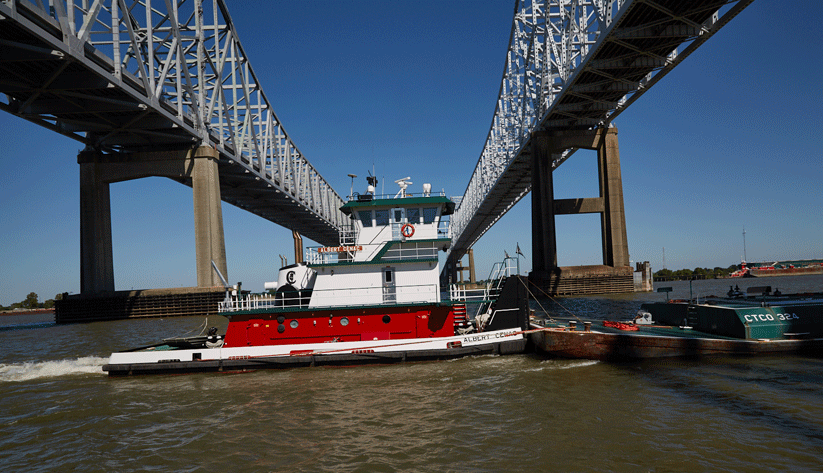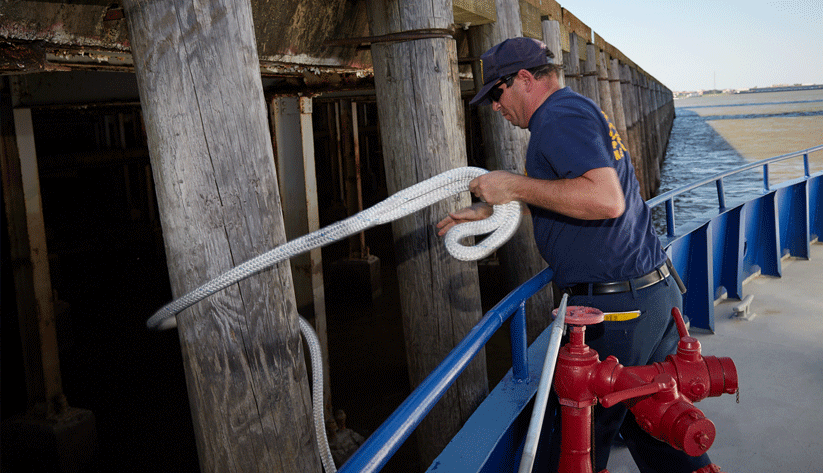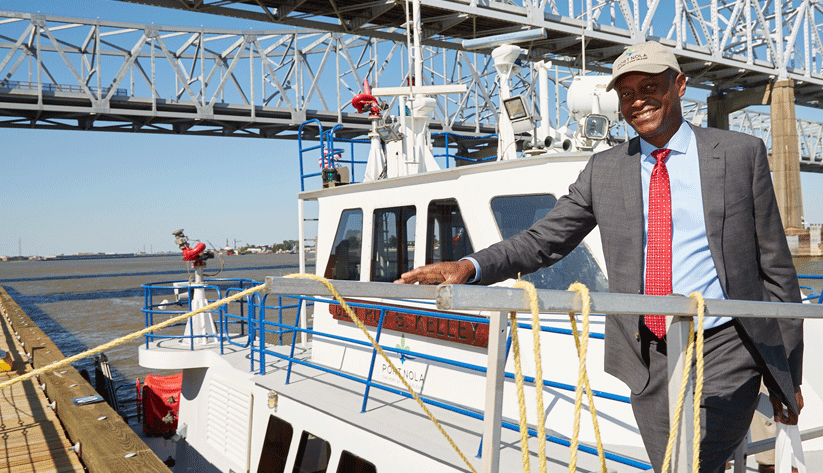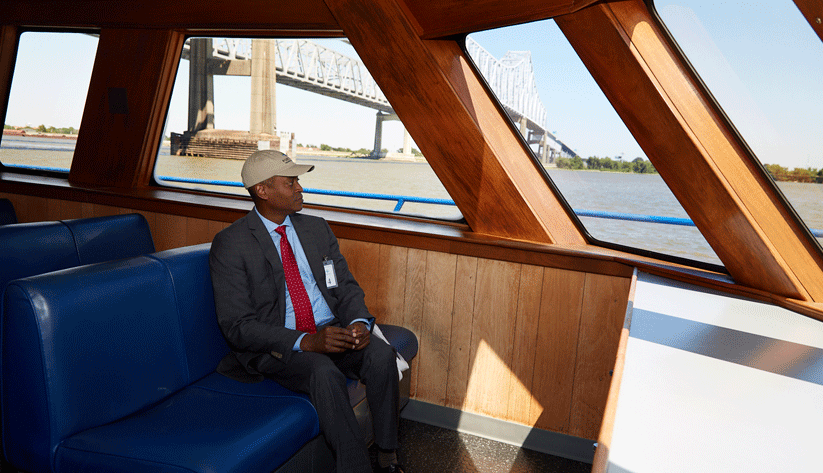
On his first visit to New Orleans as Atlanta Fed president, Raphael Bostic got a peek at an economic engine few visitors see up close. Bostic recently toured the Port of New Orleans, whose footprint is more than 1,000 acres along the Mississippi River. Away from the Garden District's iconic streetcars and the French Quarter's wrought iron balconies, the port is as important to the area's economic fortunes as tourism.
The facility handled the fourth most cargo by tonnage of all U.S. ports in 2015, according to the U.S. Army Corps of Engineers Navigation Data Center. The port processes cargo that touches 60 percent of consumers in the United States. Five of the nation's 13 busiest ports, ranked by tonnage, are in Louisiana. Four of those dot the lower Mississippi River from Baton Rouge to the Gulf of Mexico.
Learning about the enormous volume of goods that traverse the port and the lower Mississippi River more broadly highlighted the visit, Bostic said. "I also got a better sense of how the port is looking to be a strategic engine of broad-based economic growth," Bostic said. "Like the airport in Atlanta, the Port of New Orleans can draw businesses that are looking to export their products and use imported products, and they are working hard to accomplish that."
No substitute for experiencing the region firsthand
Bostic, who began work in June as the Atlanta Fed's 15th president, visited the Crescent City in mid-September for an economic discussion at the New Orleans Branch and to tour the city.

His visit took place in a city brimming with energy but facing major challenges. The flooding accompanying Hurricane Katrina in 2005 profoundly disrupted the New Orleans economy. Just five years later, the BP oil spill inflicted a fresh wound alongside one that was far from healed. "Seeing how people are working and living provides insights and memories that are deeper and more enduring than I get from even the best reports from the field," he said. "And having people tell me about the opportunities and barriers they face in their own words can spark conversations that are very hard to have any other way."
Bostic heard ample good news in New Orleans. The metro area population reached 1.27 million in 2016, about 95 percent of its 2000 level, according to the Data Center, a local information-gathering and analysis nonprofit agency. Its estimates are based on census data (see the chart).
Entrepreneurism has surged. And perhaps most hopeful for the New Orleans economy is an influx of young adults, reversing a decades-long pattern of outmigration.
Still, the core of the New Orleans story is about rebuilding, noted Adrienne Slack, regional executive at the Atlanta Fed's New Orleans Branch. The metro area is evolving as its gradual recovery continues.
"There is energy and optimism in the city, but also a recognition that there are major challenges," Bostic said. "I'm hopeful the business community and policymakers can continue to work together to overcome them."





